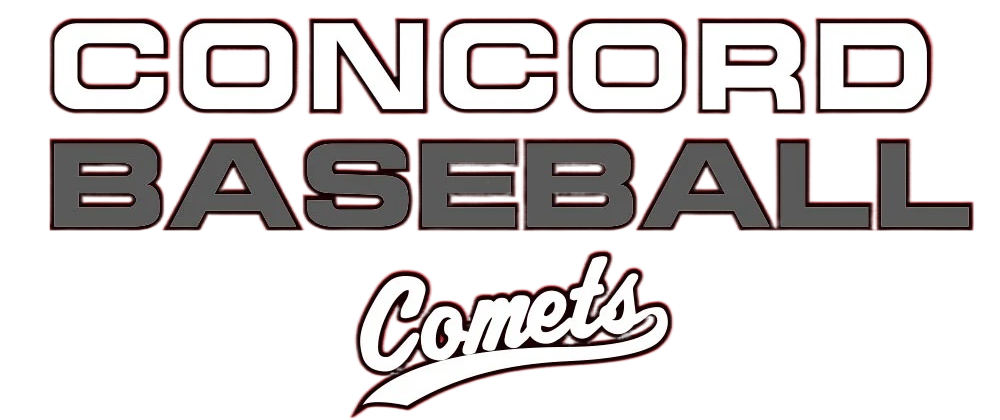BUYING GUIDES
Looking for a new bat or glove? Please read our tips to make sure you get exactly what you need.
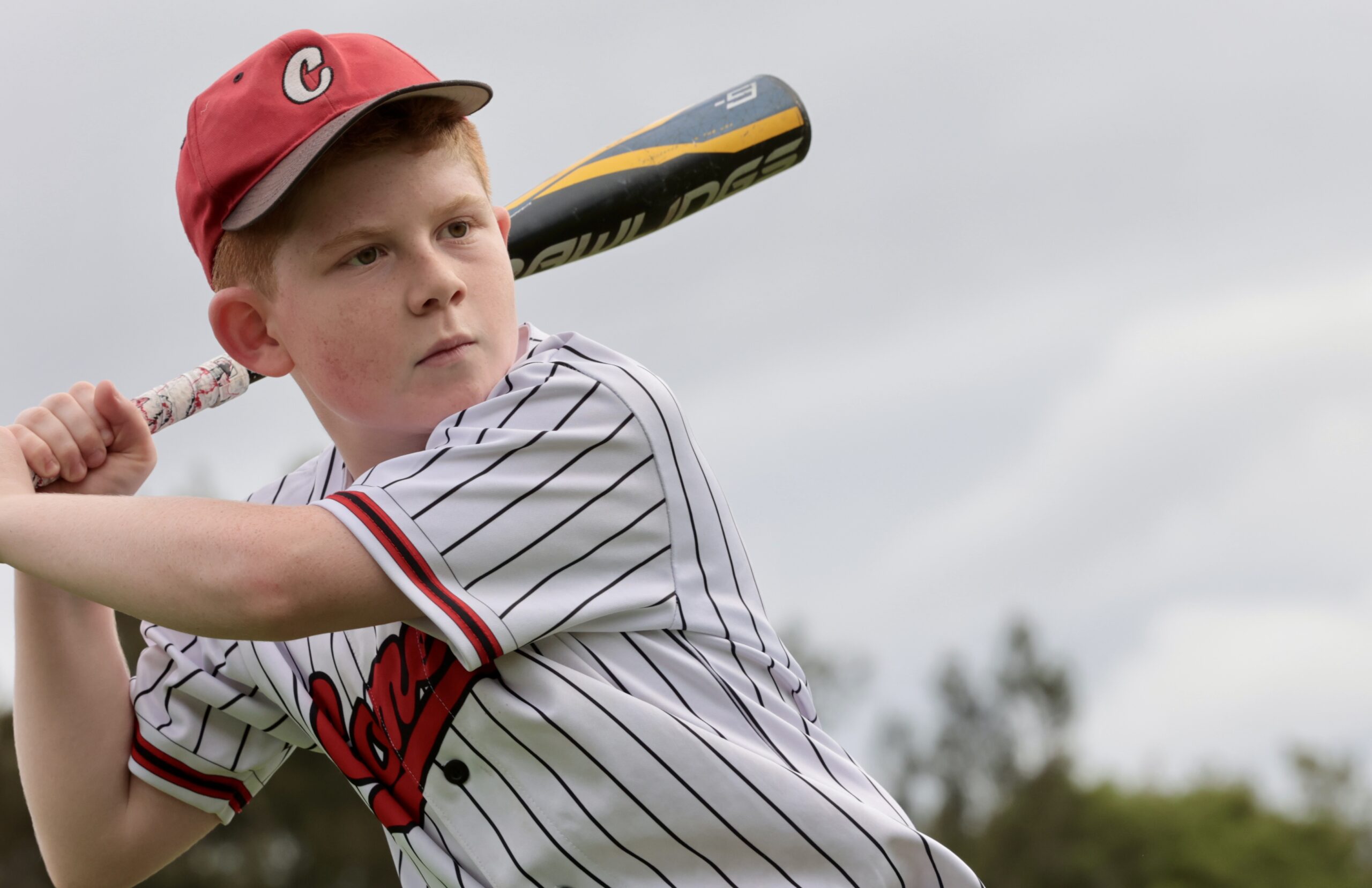
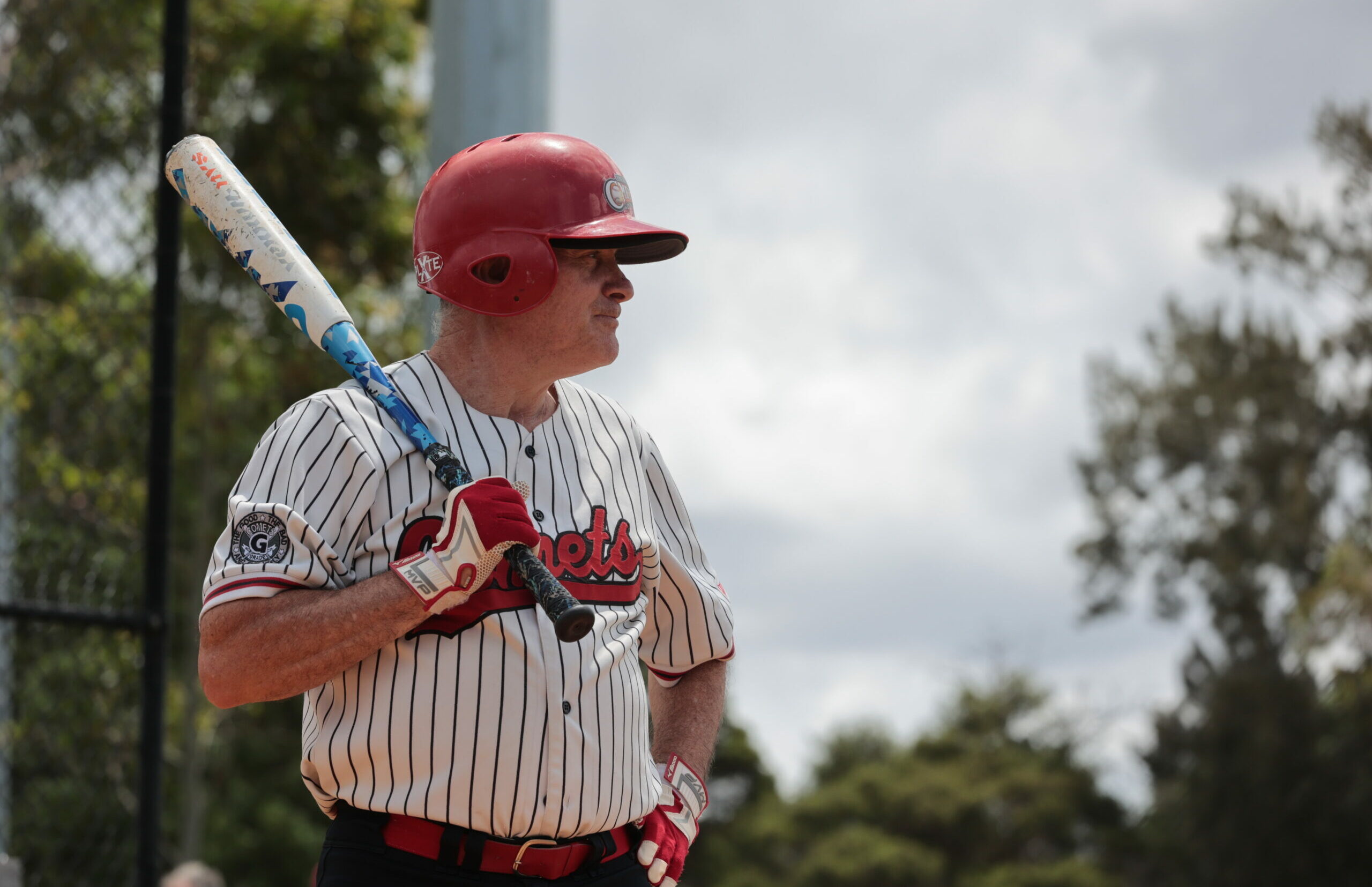
Glove buying guide
Buying the right baseball glove can be challenging, especially if you’re new to baseball. But if you follow these simple steps you’ll find the right glove for your hand.
Step 1: Know your left from right
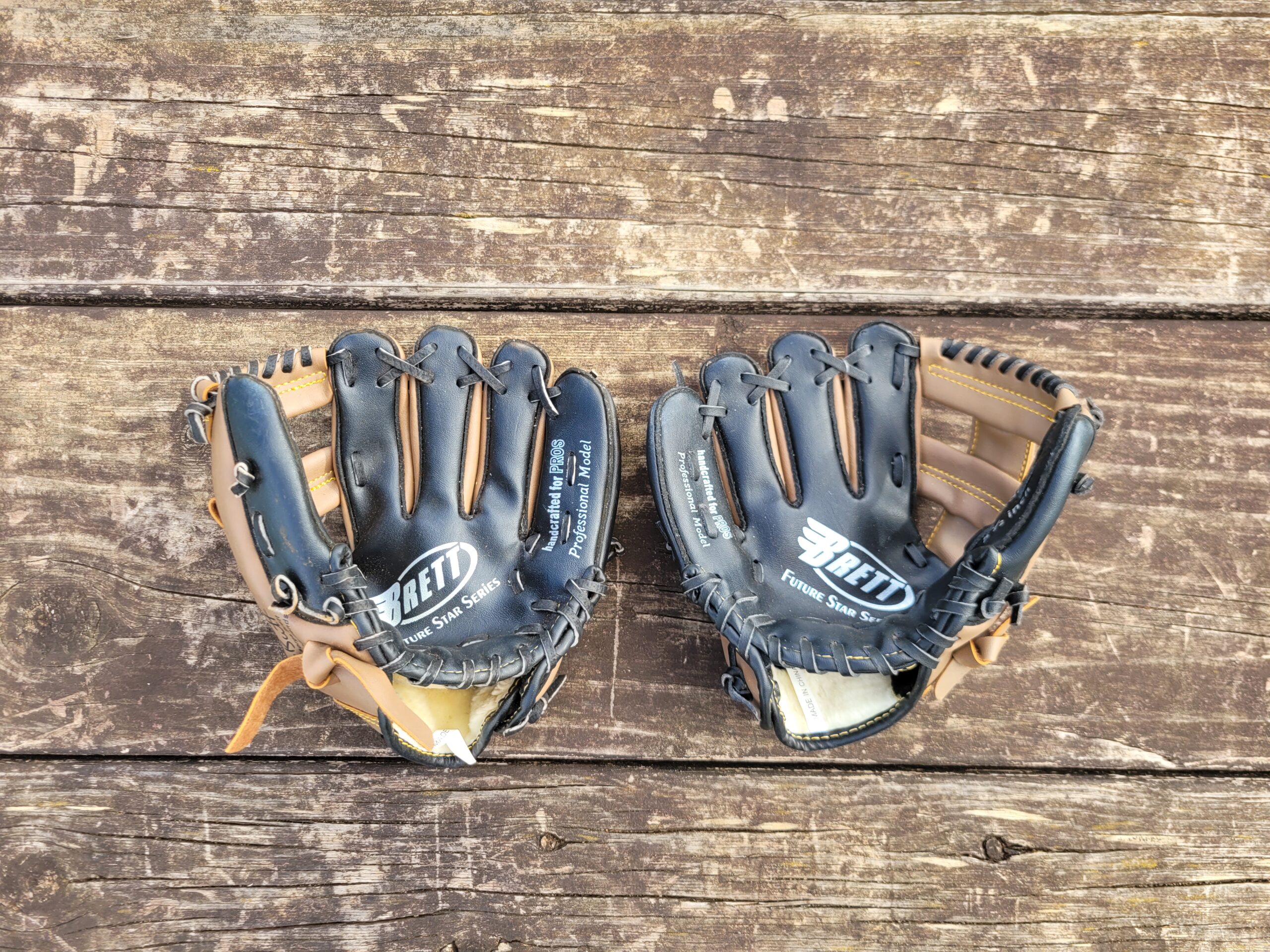
Knowing which hand to wear your glove may sound simple, but it can be confusing to newcomers. Put simply, you wear the glove on your non-dominant hand. So, if you throw with your right arm, you’ll need a glove for your left hand and vice-versa.
This is often abbreviated in ads as RHT (right-hand throw) and LHT (left-hand throw), so look closely at what you’re buying.
Step 2: Size matters
Selecting the right size glove is important, whether you’re a junior or a senior player. If you choose correctly you’ll probably only need two or three gloves throughout your baseball career from T-Ball all the way through to Seniors, but that does mean buying the right glove for your age.
Bigger does not mean better. A smaller child with a big glove won’t necessarily have a better chance of catching the ball, so resist the temptation to buy a bigger glove when your child is younger. Gloves are measured in inches (as they generally come from the USA) so check the size and the fit when you try them on in the store.
Here’s a rough guide to size your glove:
Under 7 years – 8-10.5-inches
8-10 years – 10.5-11.5-inches
11-13 years – 11.5-12-inches
Over 14 years – 11.5-12-inches
Step 3: Know your position

When buying a glove you’ll find options for different fielding positions, including Catchers, First Base, Infield, Outfield and Pitcher. If your child is just starting out you don’t need to worry about positions – simply look for a comfortable glove for the kids to use in any position. Most youth baseball gloves are designed to be ‘utility’ gloves and are suited to any position except Catcher.
The club provided kit bag will contain a specific catcher’s glove, so if your child does Catch you don’t need to invest in one of those unless you want to.
Step 4: You get what you pay for
In Australia you’ll find the price range for gloves is diverse, from as low as $40 from a general sports retailer to more than $200 for a high quality glove from a specialist store. While ultimately it’s the hand inside the glove that catches the ball, the more money you spend typically equals better quality. More expensive gloves will generally have a softer leather, better stitching and more durable construction.
However, having said that, give your child a chance to learn the game and see if they’ll stick around before you invest in something more expensive. If they are going to be a regular each season, then investing in a good quality glove is a great idea and will help their game.
Step 5: Break it in
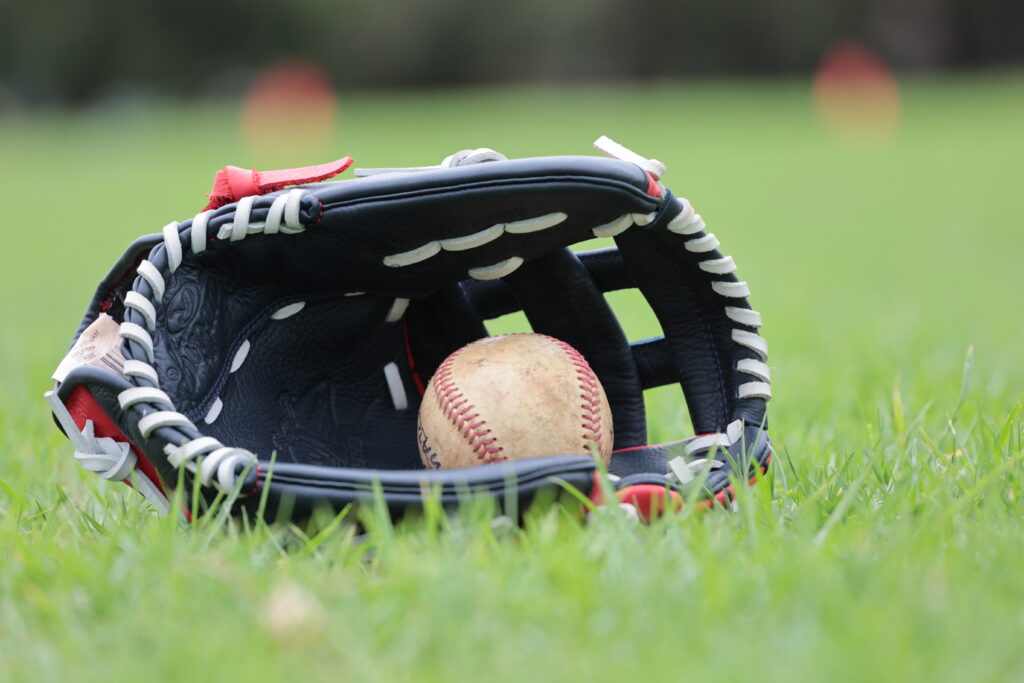
Most gloves will feel stiff when first purchased so it’s important to break them in before you play. The idea is to soften them so they open and close easily and feel like an extension of your hand.
To achieve this there are multiple techniques you can use, such as softening it with hot water or glove oil and pounding it with a small mallet. You can also put a ball in the pocket and close it with an elastic band to help it shape correctly.
But the best way – and certainly the most fun – is to play catch! Get out there with your kid and throw a ball around, the more catching they do the softer the glove will become and the more practice they’ll get. It’s a win-win!

Bat buying guide
While the club provides bats for players to use in the team kit bags, often kids and parents prefer to get a specific bat that meets their personal needs. However, buying a bat can be a complicated process so here is our guide to help you make sure you get the right bat for your needs.
Step 1: Know the rules
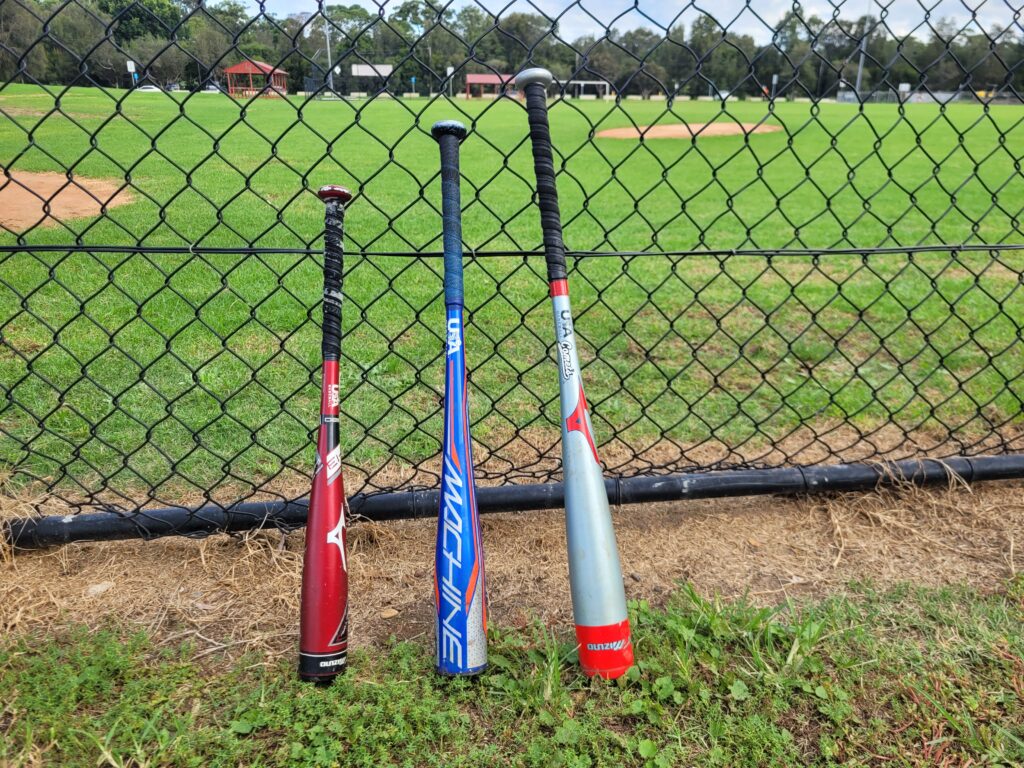
Whether you’re playing in the RHBL juniors competition or the PCBL seniors division, you need to follow the rules on which bats are allowed.
In RHBL ‘USA Baseball’ and ‘BBCOR’ are the two main categories of bats that can be used. These don’t refer to a bat brand, but rather the regulations to which the bats are manufactured, and they will be labelled as such.
It’s important to note that some bats you will find in Australia are simply not legal for use in our competitions. The most common are those marked ‘USSSA’. These bats are designed for softball and feature longer barrels which are not eligible for baseball, so please check carefully.
For the Seniors PCBL competition only BBCOR or wood bats are allowed.
Current RHBL bat rules*
Little League Minors and Majors – Only ‘USA Baseball’ stamped bats, 33-inches or shorter, and with a maximum barrel diameter of either 2 ⅝ inches.
Little League Junior and Intermediate – ‘USA Baseball’ or ‘BBCOR’ stamped bats 34-inches or shorter, and with a maximum barrel diameter of 2 ⅝ inches.
LL Seniors and Bigs – Only BBCOR bats 36-inches or shorter, and with a maximum barrel diameter of 2 ⅝ inches.
USA Baseball certified bats MUST have the USA Baseball stamped logo
BBCOR certified bats MUST have the BBCOR stamped logo

Current PCBL bat rules*
Male players – Must be ‘BBCOR’ approved and may be made of wood, metal or composite. Maximum length is 36-inches with a 2 ⅝ inches maximum diameter and ‘-3’ weight.
Female players – Does not need to be ‘BBCOR’ approved but must be 34-inches or shorter, 2 ⅝ maximum diameter and can have any length-to-weight differential.
*Correct as of 2024 season, however, please note – the rules can change! We’ve endeavoured to give you the best information at the time of writing, but RHBL and PCBL can change the rules, so make sure you check with your team coach or consult the relevant website to ensure you get a legal bat before you buy.
Step 2: Measure up
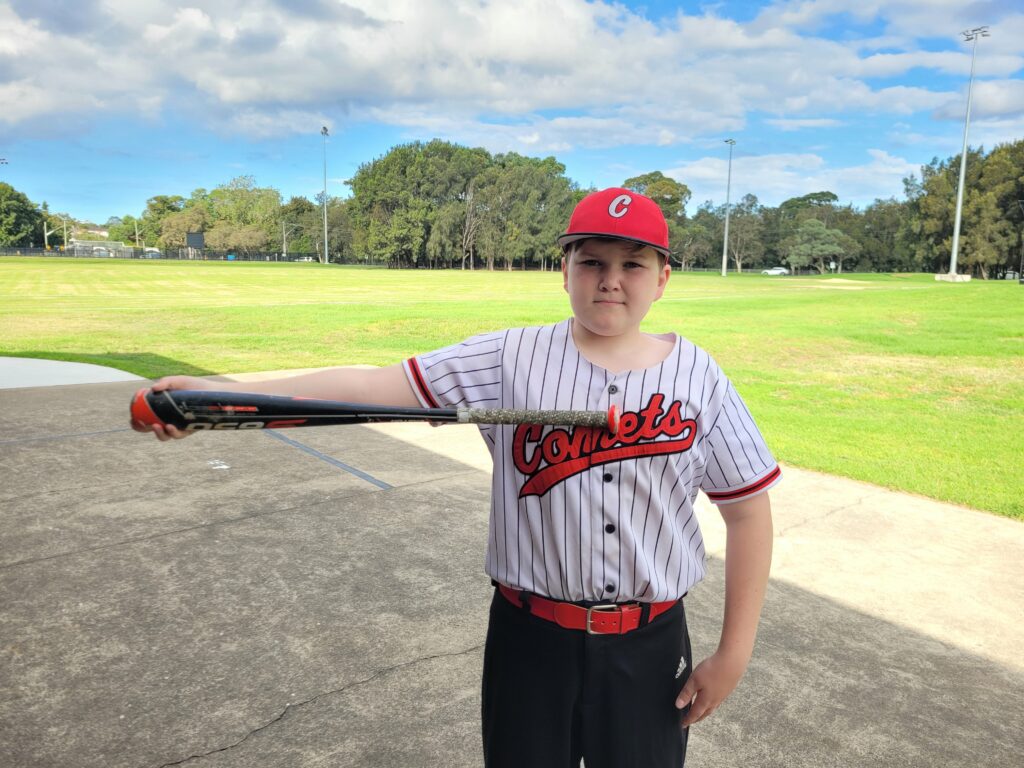
If you think a heavier, longer bat equals more home runs – you’re wrong. For the best results you want a bat that’s comfortable to swing quickly through the strike zone, so avoid the temptation to buy your child a bat that is almost as tall as they are (we’ve seen it happen too many times!).
Instead, the best way to find the right size of bat is to stand with arms out-stretched to the side and hold the bat from the centre of your chest to the end of your hands. If your fingertips reach the end of the bat, it’s probably the right size. If it extends past your fingers it’s too long, and if it doesn’t reach it’s too small.
Step 3: Learn about the ‘Drop’
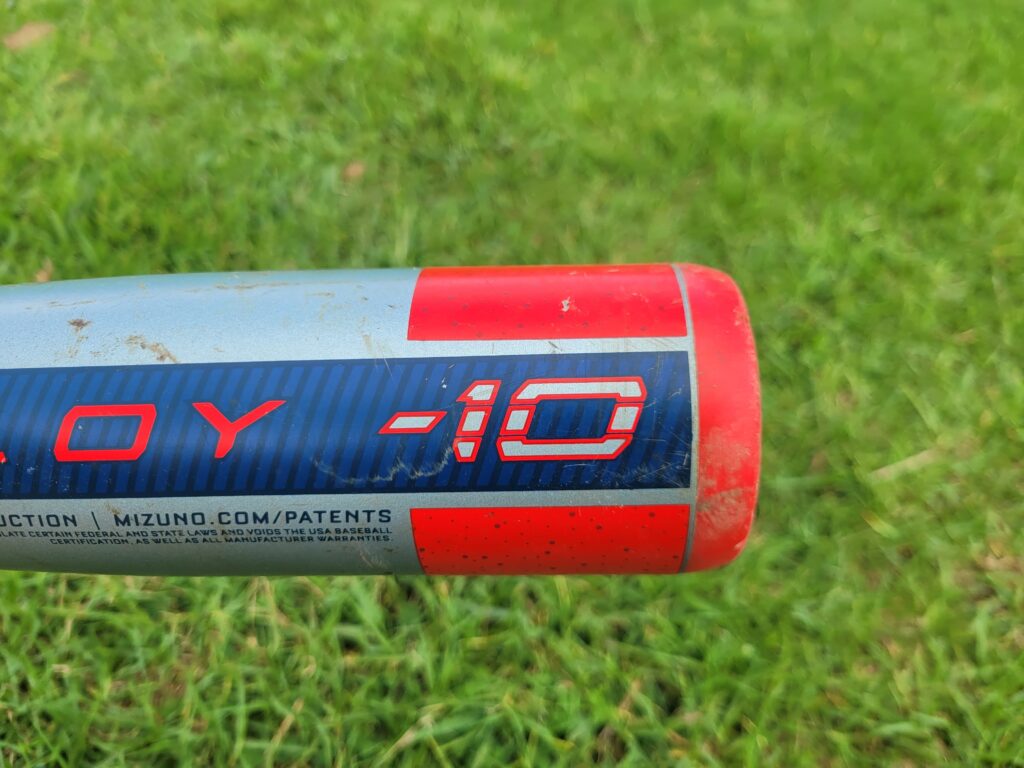
‘Drop’ is an important term to know when choosing a bat. This refers to the weight of the bat, specifically the difference between the bat’s length (in inches) and weight (in ounces).
For example, a ‘drop 10’ (written as -10) on a bat, would be a 30-inch long bat that weighs 20 ounces. ‘USA Baseball’ bats come in various weights, from -5 to -12, while all ‘BBCOR’ bats are -3. The lower the drop, the heavier the bat. A ‘drop 12 (-12) is a very light bat suited to younger players who want a fast swing, while a ‘drop 3’ (-3) would be incredibly difficult for most players under 14 years to swing accurately and quickly.
Once again, a heavier bat will not necessarily lead to more home runs. If you or your child is struggling to swing a heavy bat it’ll be a struggle to hit the ball. The easiest way to test the weight of the bat is to hold it by the end, parallel to the ground, in one hand, with arm out-stretched. If this can’t be done for 30-45 seconds then it’s probably too heavy and you should look for a lighter option.
Step 4: Practice swing
Not all bats weigh the same, even when they weigh the same. Bat makers will often place the weight in different positions, some prefer an even balance while others will ‘end load’ a bat, with more weight at the top of the barrel.
One is not better or worse than the other, but each player will likely have a preference. So, when you’re looking to buy a bat, make sure you pick it up and give it some practice swings. Make sure it feels comfortable in your hands and not weighted in a way that unsettles your swing.
Step 5: If in doubt, ask
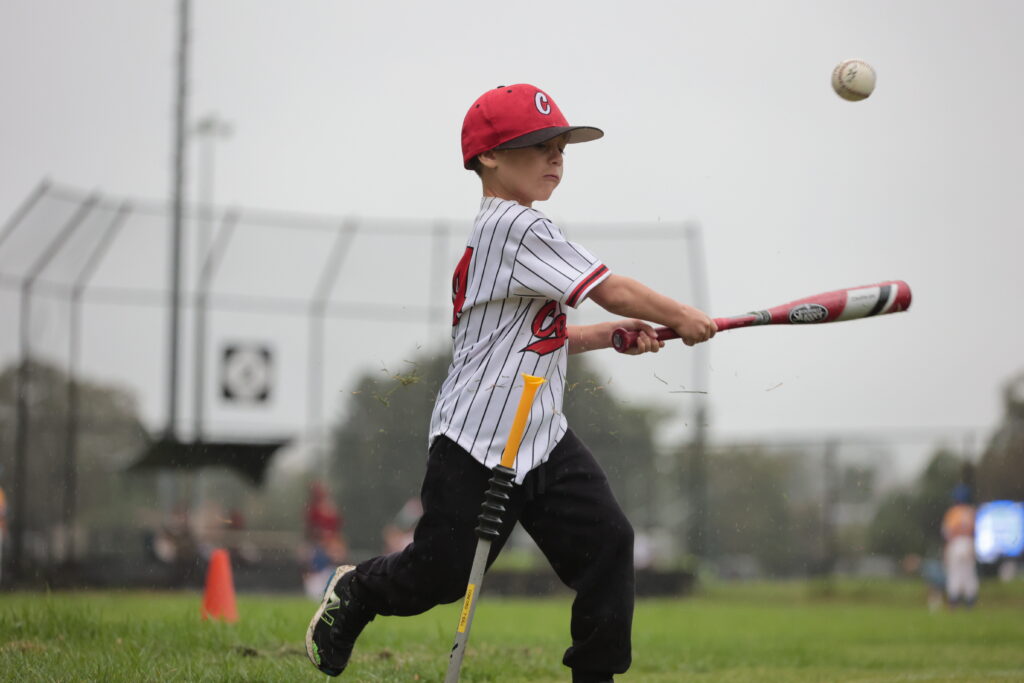
The club and its coaches are here to help. So if you’ve got a question on what sort of bat you should buy for your child, just ask. We’ll help in any way we can to ensure you get the right bat to hopefully notch plenty of hits (and maybe even a home run!).
